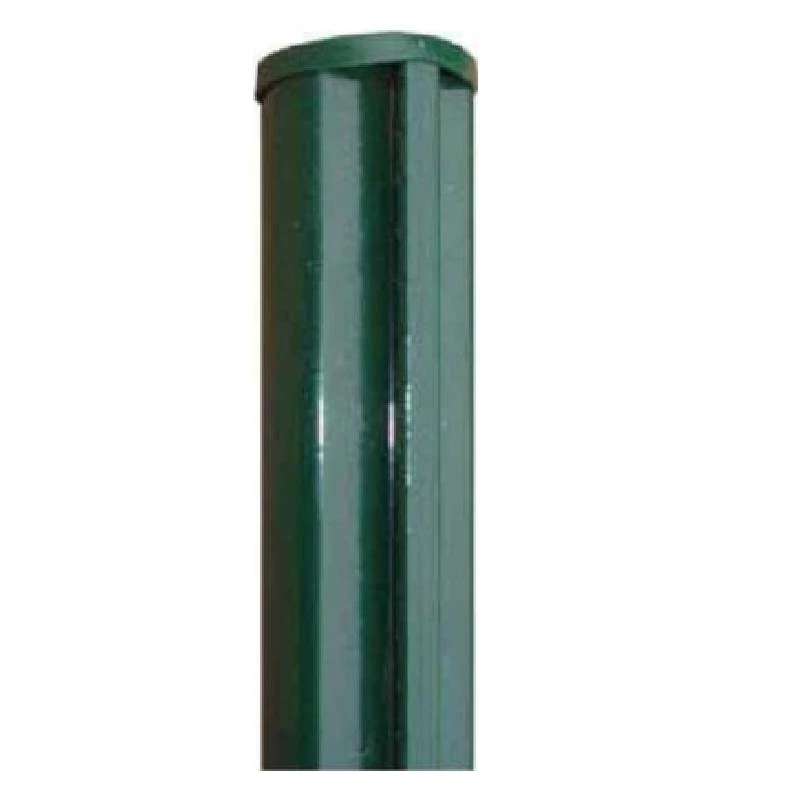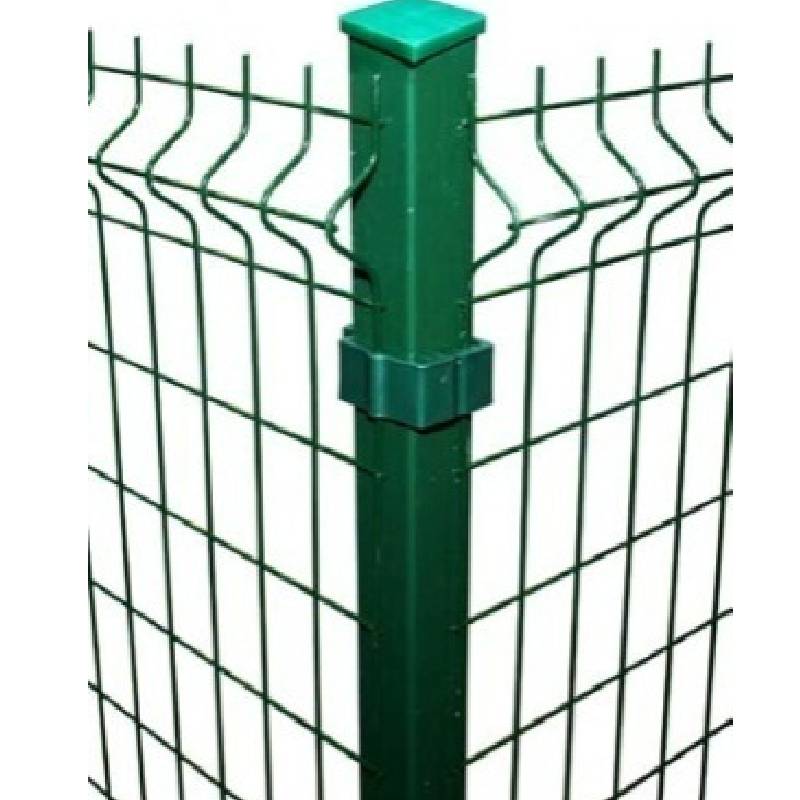-
Iimayl:zhao@hyliec.cn
-
Tel:+86 311 85273988
-
WhatsAPP:8613931128750
-
 Afrikaan
Afrikaan -
 Albaaniyaan
Albaaniyaan -
 Amxaari
Amxaari -
 Carabi
Carabi -
 Armeeniyaan
Armeeniyaan -
 Asarbayjaan
Asarbayjaan -
 Basque
Basque -
 Belarusiyaanka
Belarusiyaanka -
 Bengali
Bengali -
 Bosnia
Bosnia -
 Bulgaariya
Bulgaariya -
 Catalan
Catalan -
 Cebuano
Cebuano -
 Korsican
Korsican -
 Croatian
Croatian -
 Czech
Czech -
 Danish
Danish -
 Dutch
Dutch -
 Ingiriis
Ingiriis -
 Esperanto
Esperanto -
 Istooniyaan
Istooniyaan -
 Finnish
Finnish -
 Faransiis
Faransiis -
 Frisian
Frisian -
 Galiciyan
Galiciyan -
 Joorjiyaan
Joorjiyaan -
 Jarmal
Jarmal -
 Giriig
Giriig -
 Gujarati
Gujarati -
 Haitian Creole
Haitian Creole -
 hausa
hausa -
 hawiye
hawiye -
 Cibraaniga
Cibraaniga -
 Maya
Maya -
 Miao
Miao -
 Hungarian
Hungarian -
 Icelandic
Icelandic -
 igbo
igbo -
 Indonesian
Indonesian -
 iriish
iriish -
 Talyaani
Talyaani -
 Jabbaan
Jabbaan -
 Javanese
Javanese -
 Kannada
Kannada -
 Kazakh
Kazakh -
 Khmer
Khmer -
 Ruwanda
Ruwanda -
 Kuuriyaan
Kuuriyaan -
 Kurdish
Kurdish -
 Kyrgyz
Kyrgyz -
 Qaaxo
Qaaxo -
 Laatiinka
Laatiinka -
 Latvia
Latvia -
 Lithuanian
Lithuanian -
 Luxembourgish
Luxembourgish -
 Masedooniyaan
Masedooniyaan -
 Malgashi
Malgashi -
 Malaay
Malaay -
 Malayalam
Malayalam -
 Malta
Malta -
 Maori
Maori -
 Marathi
Marathi -
 Mongoliyaan
Mongoliyaan -
 Myanmar
Myanmar -
 Nepali
Nepali -
 Noorwiiji
Noorwiiji -
 Noorwiiji
Noorwiiji -
 Occitan
Occitan -
 Pashto
Pashto -
 Faaris
Faaris -
 Polish
Polish -
 Boortaqiis
Boortaqiis -
 Punjabi
Punjabi -
 Romanian
Romanian -
 Ruush
Ruush -
 Samoan
Samoan -
 Scottish Gaelic
Scottish Gaelic -
 Seerbiyaan
Seerbiyaan -
 Ingiriis
Ingiriis -
 Shona
Shona -
 Sindhi
Sindhi -
 Sinhala
Sinhala -
 Slovakia
Slovakia -
 Islovenian
Islovenian -
 Somali
Somali -
 Isbaanish
Isbaanish -
 Sundanese
Sundanese -
 Sawaaxili
Sawaaxili -
 Iswidish
Iswidish -
 Tagalog
Tagalog -
 Taajik
Taajik -
 Tamil
Tamil -
 Tataarka
Tataarka -
 Telugu
Telugu -
 Thai
Thai -
 Turki
Turki -
 Turkmen
Turkmen -
 Yukreeniyaan
Yukreeniyaan -
 Urduu
Urduu -
 Uighur
Uighur -
 Uzbekistan
Uzbekistan -
 Vietnamese
Vietnamese -
 Welsh
Welsh -
 I caawi
I caawi -
 Yiddish
Yiddish -
 Yurub
Yurub -
 Zulu
Zulu
Boostada deyrka
What Type Of Fence Post Is Best?
The best type of fence post depends on various factors such as the type of fence, local climate, soil conditions, and personal preferences. Common options for fence posts include:
1. Round steel posts: Round steel posts are a traditional and versatile choice, suitable for various fence types. They can be treated to resist rot and decay, but may require maintenance over time.
2. Square steel posts and rabbet posts offer durability and strength, making them suitable for supporting heavy or high-security fences. They are resistant to rot and insect damage.
3. Steel round posts/ square posts/ rabbet with base plate: They are suitable to install on the concrete ground, and fixed by concrete nails.
What Size Is A Fence Post?
Fence posts come in various sizes, typically having Φ32 Φ34 Φ38 Φ48 Φ60 Φ80 for round steel posts and 40x40 60x60 40x60 60x60 80x80 100x100 etc for square tube posts in dimension. The specific size of a fence post depends on the type of fence being installed, the height and weight of the fence panels, and the local building codes or regulations. It's important to select the appropriate size of fence post to ensure stability and structural integrity for the specific fencing project. Consulting with a professional or referring to local building codes can provide guidance on the recommended size of fence posts for a particular application.
Fence Post FAQ:
What type of fence post is best?
The best type of fence post depends on various factors such as the type of fence, local climate, soil conditions, and personal preferences. Common options for fence posts include round steel posts, square steel posts and rabbet steel posts, posts with base plate or without base plate. Each type has its own advantages and considerations, so it's important to choose the most suitable option based on the specific requirements of the fence project.
What size is a fence post?
Fence posts come in various sizes, typically typically having Φ32 Φ34 Φ38 Φ48 Φ60 Φ80 for round steel posts and 40x40 60x60 40x60 60x60 80x80 100x100 etc for square tube posts in dimension. The specific size of a fence post depends on the type of fence being installed, the height and weight of the fence panels, and local building codes or regulations. It's important to select the appropriate size of fence post to ensure stability and structural integrity for the specific fencing project.
How to install a panel fence?
Paneling a fence involves several steps, including measuring and planning, installing the posts, attaching the panels, adding finishing touches, and performing regular maintenance. It's important to follow the manufacturer's instructions and local building codes when paneling a fence to ensure proper installation and compliance with regulations. If in doubt, it's advisable to consult with a professional or seek guidance from experienced individuals.






